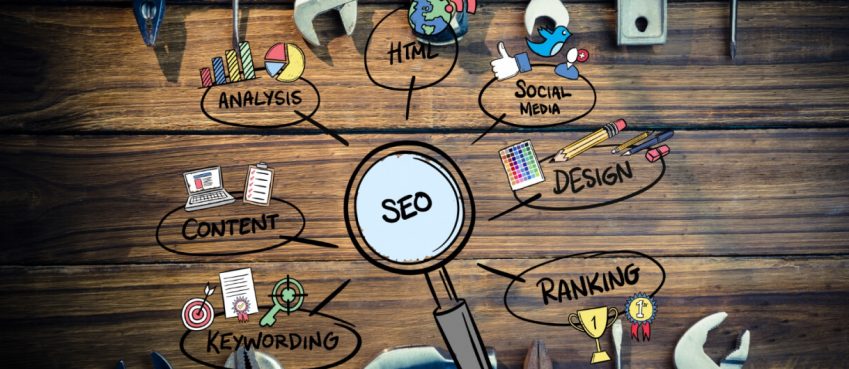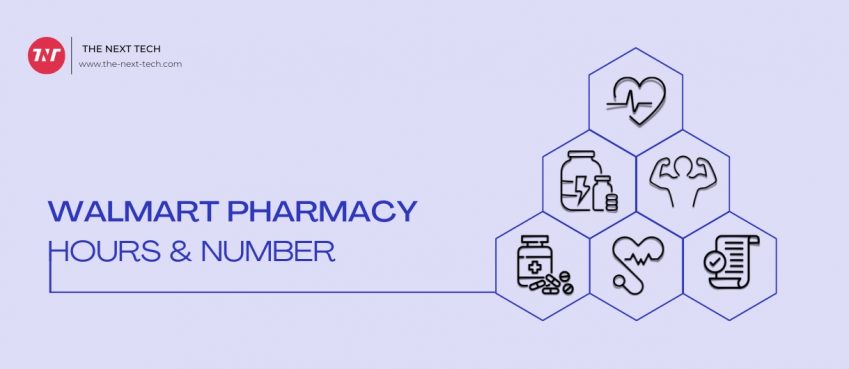
The world is witnessing an unprecedented surge in the popularity of the Internet of Things (IoT). These interconnected smart devices have transformed the way we live, work, and interact with technology. From smart homes and wearable gadgets to industrial automation and healthcare solutions, IoT has penetrated diverse sectors, revolutionizing processes and unlocking immense potential.
The exponential growth of the IoT device production market has attracted a diverse range of players, from established technology giants to ambitious startups. But each of them should take into account all the pitfalls of such a business, including building an integrated hardware and software ecosystem to launch the production, support, and maintenance of devices. The answer to this challenge can be white-label IoT solutions.
What Ecosystem is Needed to Launch an IoT Production?
The development and deployment of IoT devices require a robust software and hardware ecosystem to prototype, launch mass production, and ensure ongoing support and maintenance of connected devices. Let’s explore the essential components of this ecosystem.
Manufacturing Facilities and Equipment
Setting up or partnering with manufacturing facilities equipped with the necessary infrastructure is essential for mass-producing IoT devices. These facilities should have capabilities for surface-mount technology (SMT) assembly, component placement, soldering, testing, and quality control.
Also read: DDR4 vs DDR5: Tech Differences, Latency Details, Benefits & More (A Complete Guide)Supply Chain Management System
Establishing a robust and efficient supply chain is critical for device mass production. This includes sourcing components and materials from reliable suppliers, managing inventory levels, and optimizing logistics. Building strong relationships with suppliers, negotiating pricing agreements, and ensuring timely deliveries are crucial to meet production timelines and cost targets.
Software Development Tools
These tools facilitate the creation of device firmware, cloud-based applications, and data analytics systems. Integrated development environments (IDEs), software development kits (SDKs), and simulation tools enable efficient coding, testing, and debugging of IoT applications. Additionally, cloud platforms provide the necessary infrastructure for data storage, processing, and real-time analytics.
Mobile App Builder
Mobile apps play a crucial role in enabling users to interact with and control their IoT devices seamlessly. It allows users to monitor device status, adjust settings, receive notifications, and access data insights. A mobile app builder provides developers with the necessary tools and frameworks to create intuitive and user-friendly interfaces, ensuring a smooth user experience. These builders often offer drag-and-drop interfaces, pre-built UI components, and templates that simplify the app development process.
Prototyping Hardware and Development Boards
Prototyping is a crucial phase in IoT device production. Platforms such as ESP, Arduino, and Raspberry Pi offer affordable and user-friendly hardware boards that can be easily connected to sensors, actuators, and other components. These boards provide a hands-on environment for rapid prototyping and testing of IoT applications before transitioning to mass production.
Connectivity Protocols and Standards
IoT devices rely on various connectivity protocols to communicate with each other and the broader network infrastructure. Common protocols include Wi-Fi, Bluetooth, Zigbee, and cellular technologies like 4G/5G. It is important to choose the appropriate protocol based on factors such as range, power consumption, data transfer speed, and compatibility with existing networks.
Also read: Top 10 IT Skills in Demand for 2021Security and Authentication Mechanisms
As the number of interconnected devices grows, ensuring robust security measures becomes paramount. IoT devices are vulnerable to cyber threats, making it crucial to implement strong encryption, authentication, and access control mechanisms.
Over-The-Air (OTA) Updates and Device Management Tools
Once IoT devices are deployed in the field, maintaining and updating them becomes essential. OTA update capabilities allow device manufacturers to remotely distribute software patches, bug fixes, and new features to deployed devices, reducing the need for physical intervention.
Customer Support and Analytics Tools
A robust ecosystem for IoT device production includes mechanisms for customer support and analytics. Developers have to provide channels for customers to seek assistance, troubleshoot issues, and receive timely updates. Additionally, capturing and analyzing device data can provide valuable insights into device performance, usage patterns, and user behavior.
Benefits of White-Label IoT Software Platforms as One-Stop Solutions for Connected Device Production
Most of the components explored above are usually united in cloud white-label IoT solutions which cover a wide range of your needs in a connected device production ecosystem.
One of the most significant advantages of ready-made IoT development platforms is their ability to expedite the time-to-market for IoT solutions. These platforms provide pre-built modules, frameworks, and APIs that streamline the development process. With ready-made tools and libraries at your disposal, you can quickly prototype, develop, and deploy IoT applications.
These platforms offer intuitive user interfaces, drag-and-drop functionality, and pre-configured integrations with commonly used IoT components. These may include data storage, real-time analytics, device management, security protocols, and cloud integration. By utilizing these ready-to-use features, you can quickly achieve the desired functionality without investing significant resources in building each component from scratch.
Besides, platform vendors usually offer technical assistance, documentation, and troubleshooting resources, ensuring smooth development and deployment processes. Additionally, vibrant developer communities often surround these platforms, providing a valuable knowledge-sharing ecosystem.
Building an in-house software ecosystem for IoT projects requires substantial investments in infrastructure, talent acquisition, and ongoing maintenance. Ready-made IoT development platforms offer a cost-effective alternative. By leveraging these platforms, you can reduce development costs by eliminating the need for extensive software development efforts and infrastructure setup. Additionally, the pay-as-you-go or subscription-based pricing models businesses to scale their costs based on actual usage, optimizing their IoT project budgets.
What Components of The IoT Ecosystem Should be White-labeled?
Benefits of white-label IoT solutions offered by many ready-made IoT development platforms. It allows developers to customize and rebrand the platform’s components according to their own branding guidelines.
White labeling involves replacing the original branding and design elements of an IoT platform with your own branding, thereby creating a seamless and consistent user experience. When it comes to white-label IoT solutions, several components can be rebranded.
Also read: 50+ Cool Websites To Visit When Bored | Best Fun Websites To Visit In 2024End-User Mobile Apps
Your iOS and Android apps can be white-labeled to reflect your brand identity. Usually, you can change the app’s logo, color schemes, fonts, and other visual elements to ensure brand consistency.
Web Platform for Internal Employees, Partners, and Sub-Organizations
In addition to end-user mobile apps, IoT platforms often include web-based white-label portals for internal employees, partners, and sub-organizations. These portals allow users to manage devices, access analytics, and configure settings.
Notifications and Communication
Another aspect of white-labeling is customizing email and push notifications sent to users. You can replace the default email templates with your own branding, ensuring a consistent look and feel across all customer communications.
Documentation and Support Materials
White labeling also extends to documentation and support materials like user guides, API documentation, knowledge bases, and other support resources.
Conclusion
The growing popularity of IoT device production can be attributed to the multitude of benefits it offers. The advent of ready-made IoT development platforms has revolutionized the landscape by providing organizations with efficient and cost-effective solutions. They accelerate time-to-market, simplify development complexities, offer robust functionality, and provide ongoing support.
The benefits of white-label IoT solutions extend beyond software and hardware. White-labeling features enable developers to customize and rebrand various components, including end-user mobile apps, web platforms for internal users and partners, email notifications, and support materials. This customization fosters brand consistency, enhances user experience, and makes entering the IoT market much easier than it could be.
Top 10 News
-
01
10 Top-Rated AI Hugging Video Generator (Turn Images Into Ki...
Monday December 23, 2024
-
02
10 Top-Rated Face Swap AI Tools (Swap Photo & Video Ins...
Friday December 20, 2024
-
03
10 Exciting iPhone 16 Features You Can Try Right Now
Tuesday November 19, 2024
-
04
10 Best Anatomy Apps For Physiologist Beginners
Tuesday November 12, 2024
-
05
Top 10 Websites And Apps Like Thumbtack
Tuesday November 5, 2024
-
06
Top 10 Sites Like Omegle That Offer Random Video Chat
Monday October 21, 2024
-
07
Entrepreneurial Ideas To Make 5K In A Month (10 Realistic Wa...
Monday October 7, 2024
-
08
[10 Best] Cash Advance Apps Like Moneylion And Dave (No Cred...
Friday September 20, 2024
-
09
Top 10 Richest Person In The World
Tuesday August 27, 2024
-
10
Top 10 Unicorn Startups In The World (2024-25)
Monday August 26, 2024







